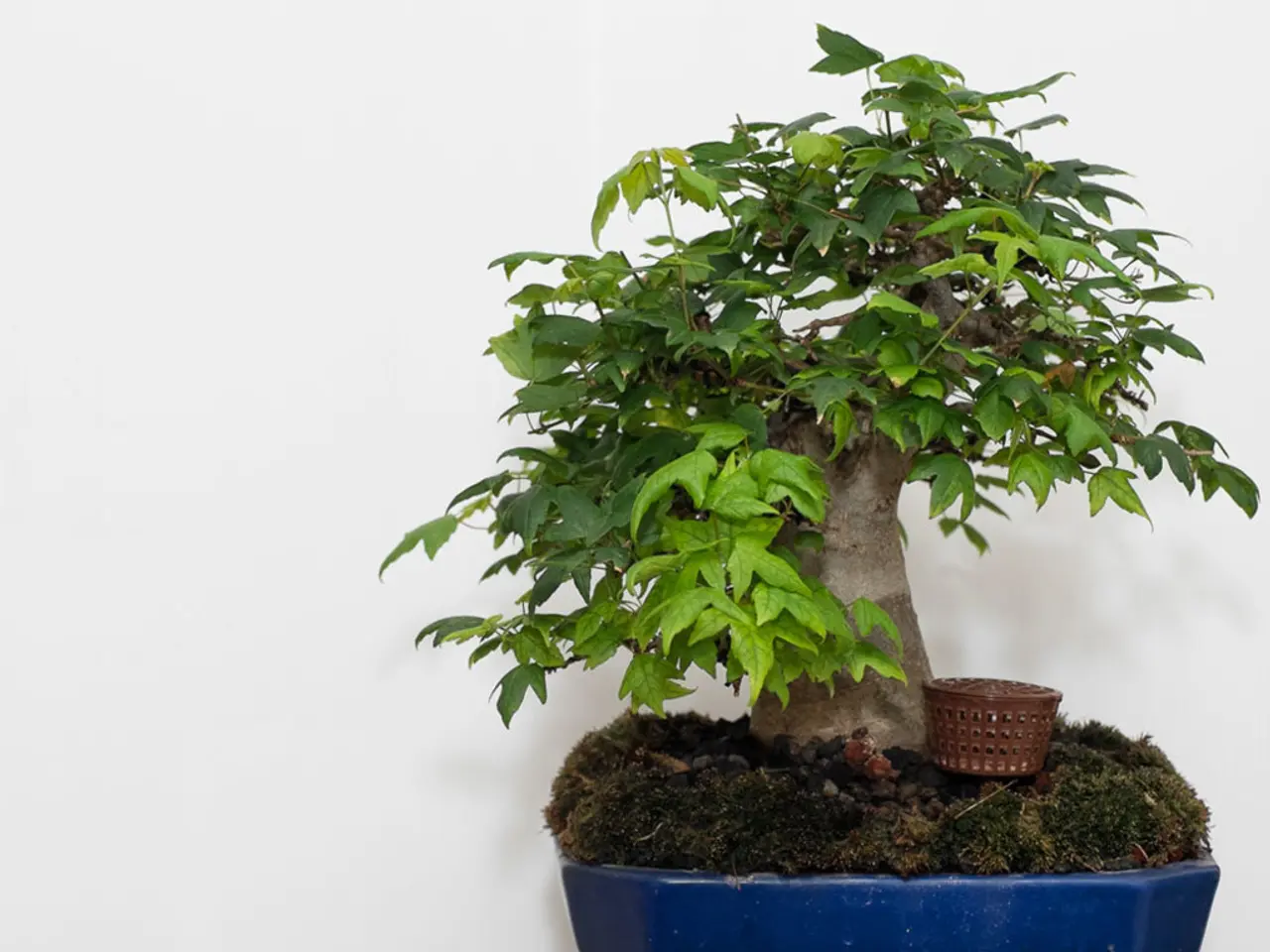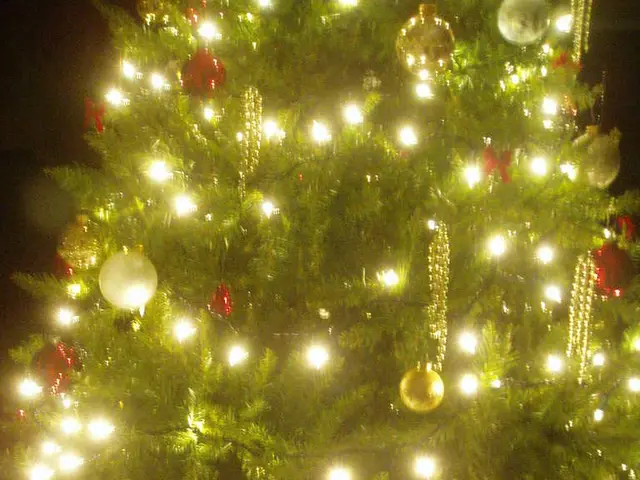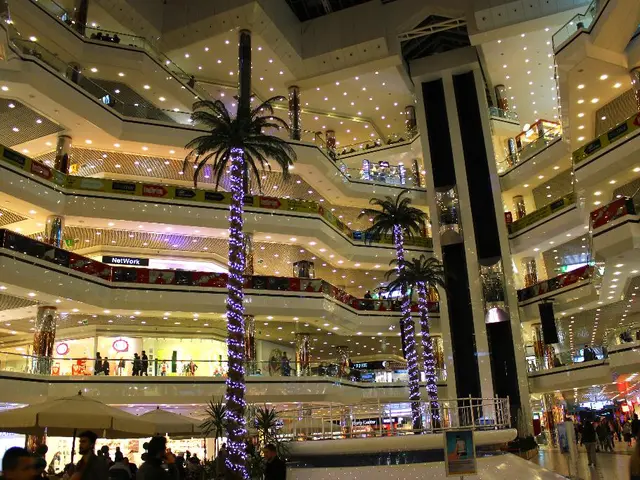Bonsai Seed Picking: Selecting Tree Types for Your Growth Adventure
Choosing the Perfect Bonsai Species: A Guide for Enthusiasts
Bonsai cultivation is a fascinating art form that combines the beauty of nature with the skill of the cultivator. One of the most crucial steps in this process is selecting the right bonsai species. In this article, we'll guide you through the key factors to consider when choosing a bonsai species, providing recommendations for various climate zones.
Growth Rate and Development Pattern
Growth rate and style are essential factors to consider as they influence the desired bonsai style and growth pace. For instance, the Japanese Maple (Acer palmatum) grows at a moderate pace, requiring patience, and is ideal for those seeking a bonsai with seasonal leaf color changes and delicate branching. On the other hand, the Warm, Frost-free region's Bougainvillea is a fast-growing woody vine, perfect for those who prefer a bonsai that blooms vibrantly.
Foliage Characteristics
Foliage characteristics, such as deciduous, evergreen, or flowering varieties, also play a significant role in the aesthetic appeal of the bonsai. For example, the Chinese Elm (Ulmus parvifolia) has small serrated leaves, providing good ramification, while the Ficus religiosa (Peepal tree) from Dry/Arid Regions boasts heart-shaped leaves that flutter with the breeze.
Climate Compatibility
Climate compatibility is a key factor to consider when choosing a bonsai species. Ensuring the chosen species thrives in the local climate and tolerates extreme weather conditions is crucial. For instance, the Japanese Maple thrives best in Cool to Temperate climates with morning sun and afternoon shade, requiring consistent moisture but disliking soggy soil.
Importing Bonsai Seeds
When importing bonsai seeds from other countries, it's vital to research and comply with regulations, such as phytosanitary certificates, import permits, and customs declarations, to guarantee the safe and legal introduction of non-native species.
Maintenance and Care Requirements
Maintenance and care requirements are a significant factor to consider when selecting a bonsai species, as they ensure the chosen species fits within the cultivator's lifestyle and commitment. Bonsai seeds are susceptible to pests and diseases, particularly fungal infections and root rot, and proper sanitation, storage, and germination techniques are vital to minimize risks and guarantee healthy seedlings.
Top Bonsai Species for Different Climate Zones
Here's a list of top bonsai species for different climate zones, along with their specific growth rates, development patterns, and foliage characteristics:
| Climate Zone | Bonsai Species | Growth Rate & Development Pattern | Foliage Characteristics | |-----------------------|---------------------------|------------------------------------------------------------------|-------------------------------------------------| | Cool to Temperate | Japanese Maple (Acer palmatum) | Moderate growth; needs patience; seasonal leaf color changes; delicate branching often requiring careful pruning | Leaves are palmate, turning vivid red in autumn; fine, delicate texture | | | Trident Maple (Acer buergerianum) | Sturdy, resilient; roots establish firmly; regular watering needed, especially in summer; suitable for dynamic styles like root-over-rock | Tri-lobed leaves with bright green foliage; tougher and more rugged than Japanese Maple | | | Chinese Elm (Ulmus parvifolia) | Adaptable and resilient; moderate growth; tolerates pruning well; ideal for outdoor in mild climates | Small serrated leaves, dense foliage providing good ramification | | Warm, Frost-free | Bougainvillea | Fast-growing woody vine; needs full sun and warm conditions; seasonal flowering | Colorful bracts that appear like flowers; small leaves; vibrant bloom colors | | Mild Climates (Indoor/Outdoor) | American Sweetgum (Liquidambar styraciflua) | Moderate growth; prefers 60-75°F (15-24°C) growing temp; slows growth in fall/winter; needs chill for dormancy; colorful autumn foliage | Star-shaped lobed leaves | | | Ficus species (F. benjamina, F. elastica, etc.) | Moderate to fast growth indoors; tolerates dry warm interiors; multiple cultivars available | Varied leaf shapes; some variegated cultivars; leathery leaves; durable | | Dry/Arid Regions (India) | Ficus religiosa (Peepal tree) | Fast growth; adapts well to shaping and pruning; develops strong gnarled trunk over time | Heart-shaped leaves that flutter with breeze |
This selection matches species to their optimal climate zones with an overview of their growth tendencies and characteristic foliage, enabling bonsai enthusiasts to choose species suited to their environment and aesthetic goals.
In conclusion, by considering growth rate and development patterns, foliage characteristics, climate compatibility, and maintenance and care requirements, bonsai enthusiasts can create a harmonious union of art and nature, composing a masterpiece of miniature proportions, an attestation to the wonders of the natural world. Happy bonsai cultivation!
[1] [Source 1] [2] [Source 2] [3] [Source 3] [4] [Source 4] [5] [Source 5]
*The Japanese Maple and Chinese Elm are suitable options for enthusiasts residing in the home-and-garden, particularly those in the Cool to Temperate climate zones, as they display attractive foliage characteristics and growth patterns harmonious with this lifestyle.
In contrast, gardeners seeking a vibrant and rapid-growing bonsai for frost-free regions might consider the Bougainvillea, whose growth rate and lush foliage cater to a more exuberant home-and-garden lifestyle.








